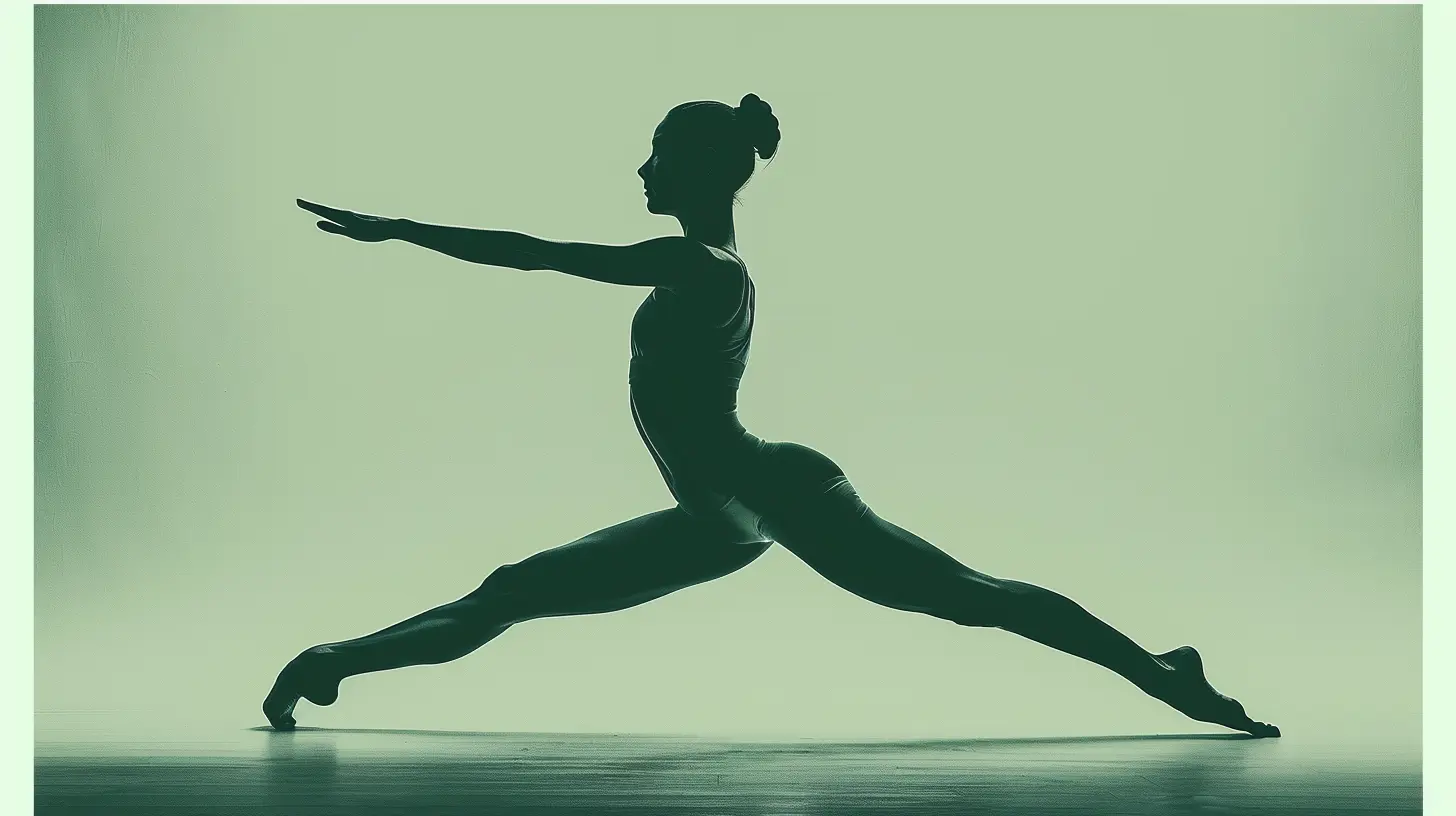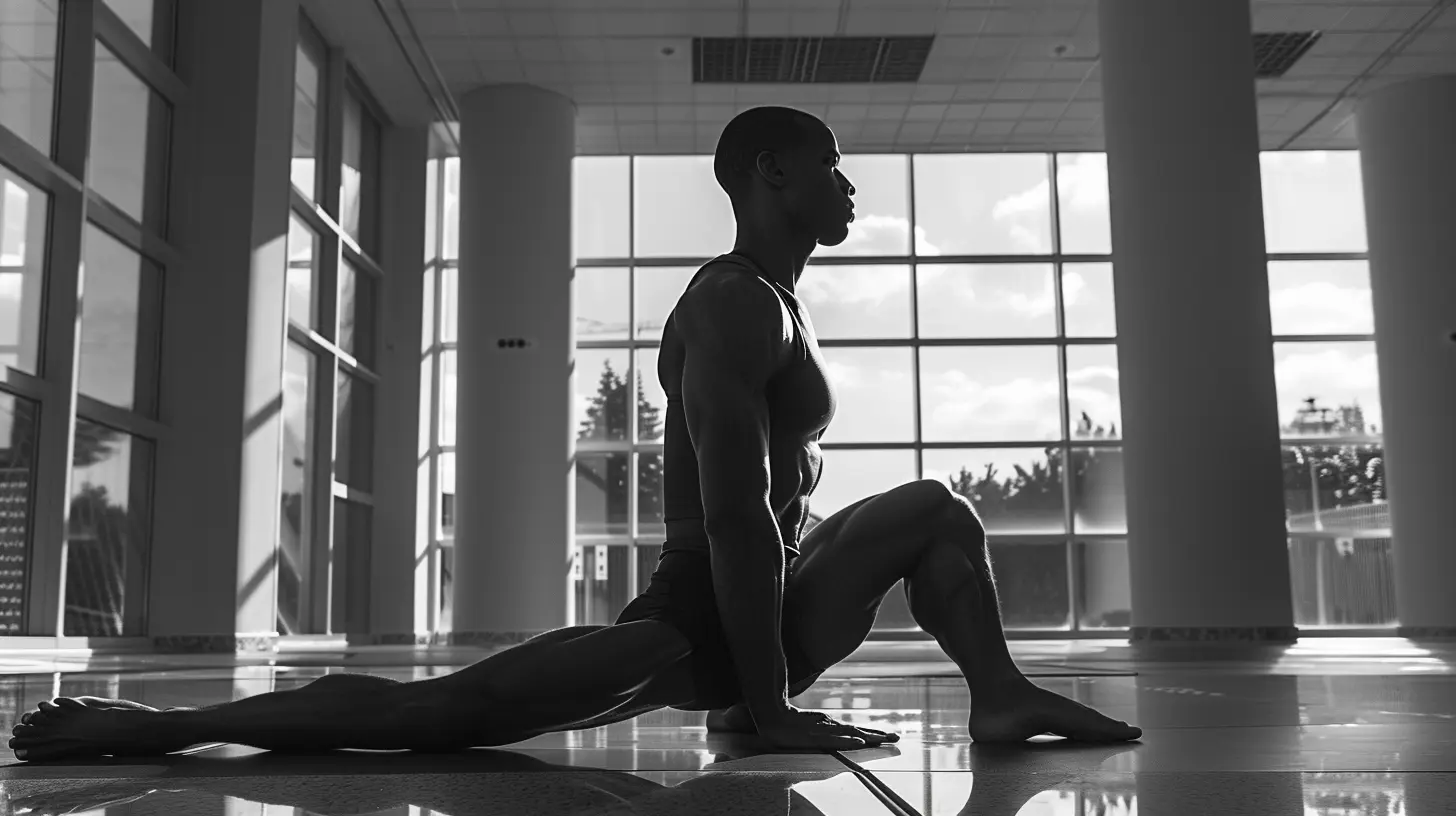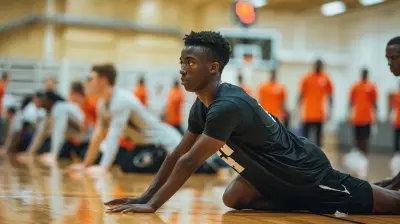How Stretching Can Improve Your Balance and Coordination
23 August 2025
Balance and coordination aren’t just for athletes or dancers—they're crucial for everyone. Whether you're walking up the stairs, playing with your kids, or simply trying not to trip over your own feet, balance and coordination keep you moving smoothly and confidently.
But did you know stretching can help improve these two essential skills? That’s right! Stretching isn't just about flexibility—it plays a key role in enhancing your body's stability and movement control.
If you’re ready to stop wobbling and take control of your body's movements, let’s dive into how stretching helps improve balance and coordination.

Why Balance and Coordination Matter
Before we get into the stretching part, let's first understand why balance and coordination are so important.Balance: Your Body’s Stability System
Balance is what keeps you upright. It helps you stay steady whether you're standing still or in motion. Good balance prevents falls, improves posture, and even boosts athletic performance.Coordination: The Key to Smooth Movements
Coordination is the ability to control different parts of your body at the same time. It allows you to move effortlessly, whether you're catching a ball, dancing, or simply walking without stumbling.Both of these skills are crucial for everyday activities, and stretching can play a major role in enhancing them.

How Stretching Improves Balance and Coordination
1. Enhances Muscle Control
Stretching activates and warms up muscles, helping them work more efficiently. When muscles are flexible and properly activated, they respond better to movement, improving overall coordination.Think of your muscles like rubber bands. A stiff rubber band doesn’t stretch well and might even snap under pressure. But a flexible rubber band moves smoothly and efficiently. Similarly, well-stretched muscles function better, helping you maintain balance and move with precision.
2. Improves Proprioception (Your Body’s Awareness in Space)
Ever closed your eyes and tried to balance on one foot? If so, you've tested your proprioception. This is your body's ability to sense its position and movement without looking.Stretching enhances proprioception by increasing sensory feedback from your muscles and joints. When your body is more aware of where it is in space, your balance and coordination naturally improve.
3. Loosens Tight Muscles That Affect Stability
Tight muscles, especially in your legs, back, and core, can throw off your balance. If your hip muscles are stiff, for example, they can limit your ability to shift weight smoothly, making you more prone to stumbling.Stretching helps release tension and improve the flexibility of these muscles so you can move more freely and maintain stability in various positions.
4. Strengthens Stabilizing Muscles
Many balance-related issues stem from weak stabilizing muscles, such as your core, ankles, and hips. Although stretching primarily increases flexibility, certain types of stretches—like dynamic stretching—also engage and strengthen these muscles, improving overall coordination.5. Reduces Risk of Injury
Poor balance and coordination can lead to falls, sprains, or pulled muscles. Stretching helps keep your muscles limber and well-prepared for movement, reducing the risk of injuries that disrupt your mobility.
Best Types of Stretching for Balance and Coordination
Not all stretches are created equal when it comes to improving balance and coordination. Here are the most effective types:1. Dynamic Stretching
Dynamic stretching involves controlled, active movements that take your joints through a full range of motion. These stretches help improve flexibility, muscle coordination, and stability.Examples:
- Leg swings – Swing one leg forward and backward while holding onto a stable object.
- Arm circles – Rotate your arms in large circles to increase shoulder mobility.
- Lunges with twists – Step forward into a lunge and twist your torso to engage core stability.
2. Static Stretching
Static stretching involves holding a stretch for an extended period, which helps improve flexibility and reduce muscle stiffness. While it’s not as effective for immediate balance improvement as dynamic stretching, it plays a vital role in long-term mobility.Examples:
- Hamstring stretch – Sit with one leg extended, reach toward your toes, and hold the position.
- Calf stretch – Press your heel into the ground while leaning against a wall.
- Quadriceps stretch – Pull one foot toward your glutes while keeping your knees together.
3. Proprioceptive Neuromuscular Facilitation (PNF) Stretching
PNF stretching involves stretching a muscle, contracting it for a few seconds, then stretching it further. This technique is highly effective for improving muscle awareness and control.Example:
- Assisted hamstring stretch – Lie on your back, lift one leg, and use a strap or your hands to apply gentle resistance as you stretch.
4. Yoga and Tai Chi
These mind-body exercises incorporate stretching, breathing, and controlled movements. They are fantastic for improving balance, coordination, and flexibility simultaneously.Yoga Poses for Balance:
- Tree pose
- Warrior III
- Downward-facing dog
Tai Chi Movements for Coordination:
- Wave Hands Like Clouds
- Golden Rooster Stands on One Leg
- Repulse Monkey 
Simple Stretching Routine to Boost Balance and Coordination
Want to incorporate stretching into your daily routine? Try this simple 10-minute routine:- Leg Swings (Dynamic) – 10 reps per leg
- Arm Circles (Dynamic) – 10 reps forward and backward
- Lunges with Twists (Dynamic) – 8 reps per side
- Standing Quadriceps Stretch (Static) – Hold for 20 seconds per leg
- Seated Hamstring Stretch (Static) – Hold for 20 seconds per leg
- Tree Pose (Yoga) – Hold for 30 seconds per leg
Perform this routine 3-4 times a week, and you’ll start noticing improvements in your balance and coordination!
Additional Tips for Improving Balance and Coordination
Stretching is just one part of the equation. To further enhance your balance and coordination, consider these tips:- Strengthen your core – A strong core helps stabilize your body and improve control.
- Practice balance exercises – Simple movements like standing on one leg or using a balance board can make a big difference.
- Stay active – Regular movement keeps your muscles engaged and responsive.
- Train barefoot – Exercising barefoot improves foot strength and proprioception.
- Stay hydrated – Muscle function declines when you're dehydrated, which affects coordination.
Final Thoughts
Stretching isn’t just about touching your toes. It plays a vital role in keeping your body balanced, coordinated, and moving with ease. Whether you're an athlete or just someone looking to avoid an unexpected trip and fall, incorporating regular stretching into your routine can make a world of difference.So, why not give it a try? Your body will thank you for it!
all images in this post were generated using AI tools
Category:
StretchingAuthor:

Nelson Bryant
Discussion
rate this article
1 comments
Margaret Bellamy
Great article! Stretching really does wonders for balance and coordination. I’ve noticed a huge difference in my workouts since incorporating more flexibility exercises. It's amazing how something so simple can boost performance and prevent injuries. Can't wait to try out some of the tips you shared! Keep up the awesome work!
September 5, 2025 at 4:19 AM

Nelson Bryant
Thank you for your kind words! I'm glad to hear that stretching has positively impacted your workouts. Enjoy trying out the tips!


